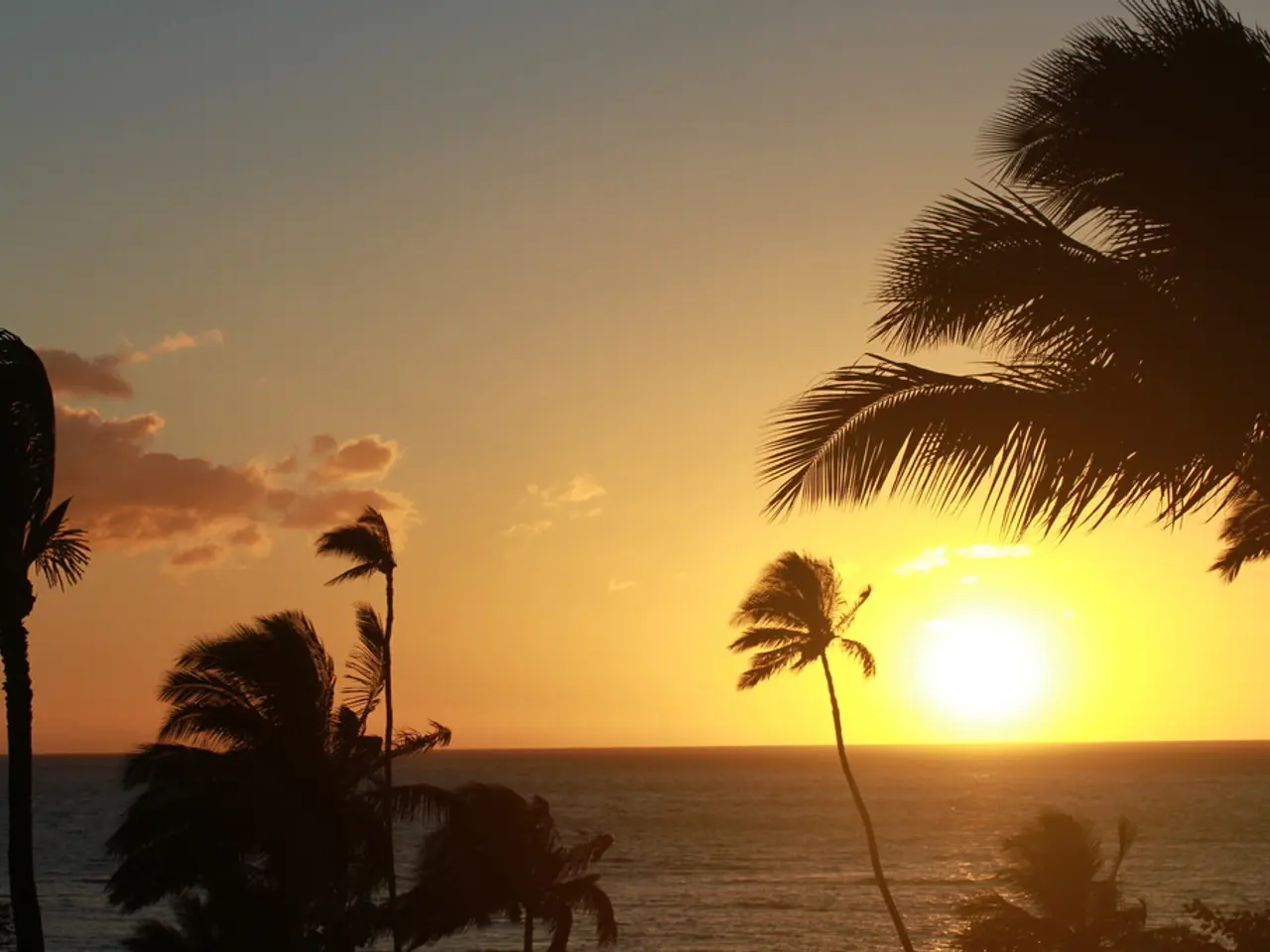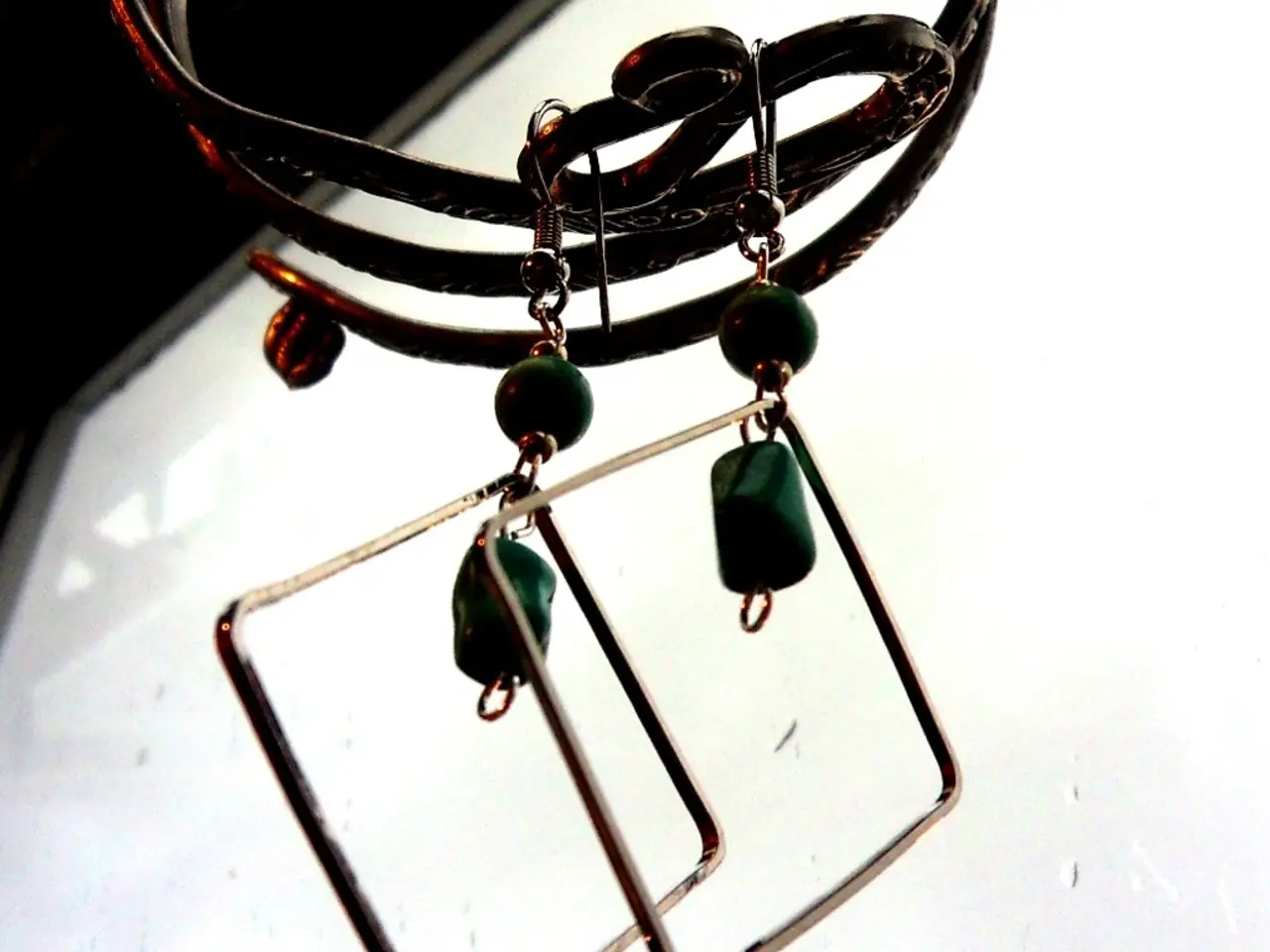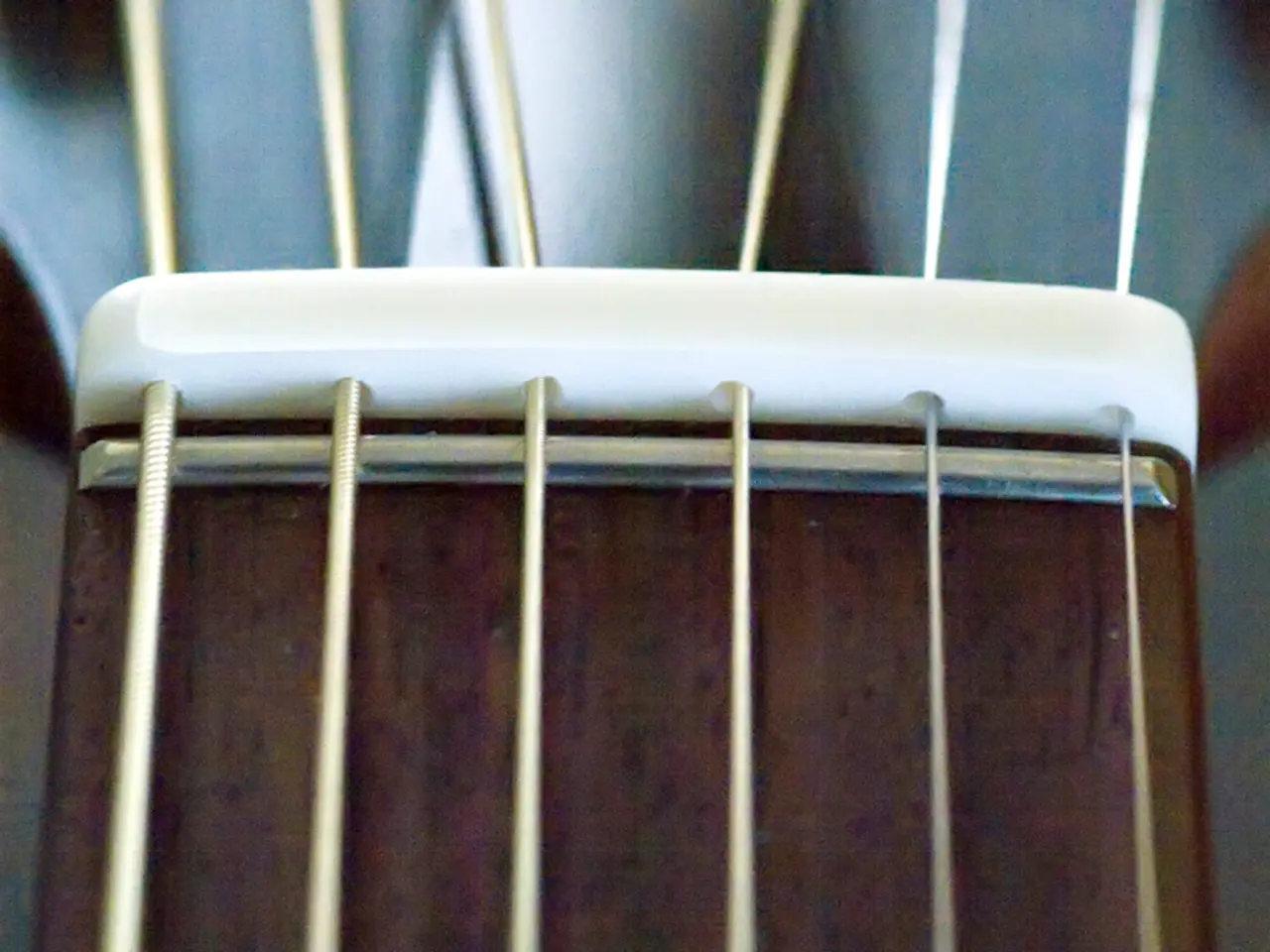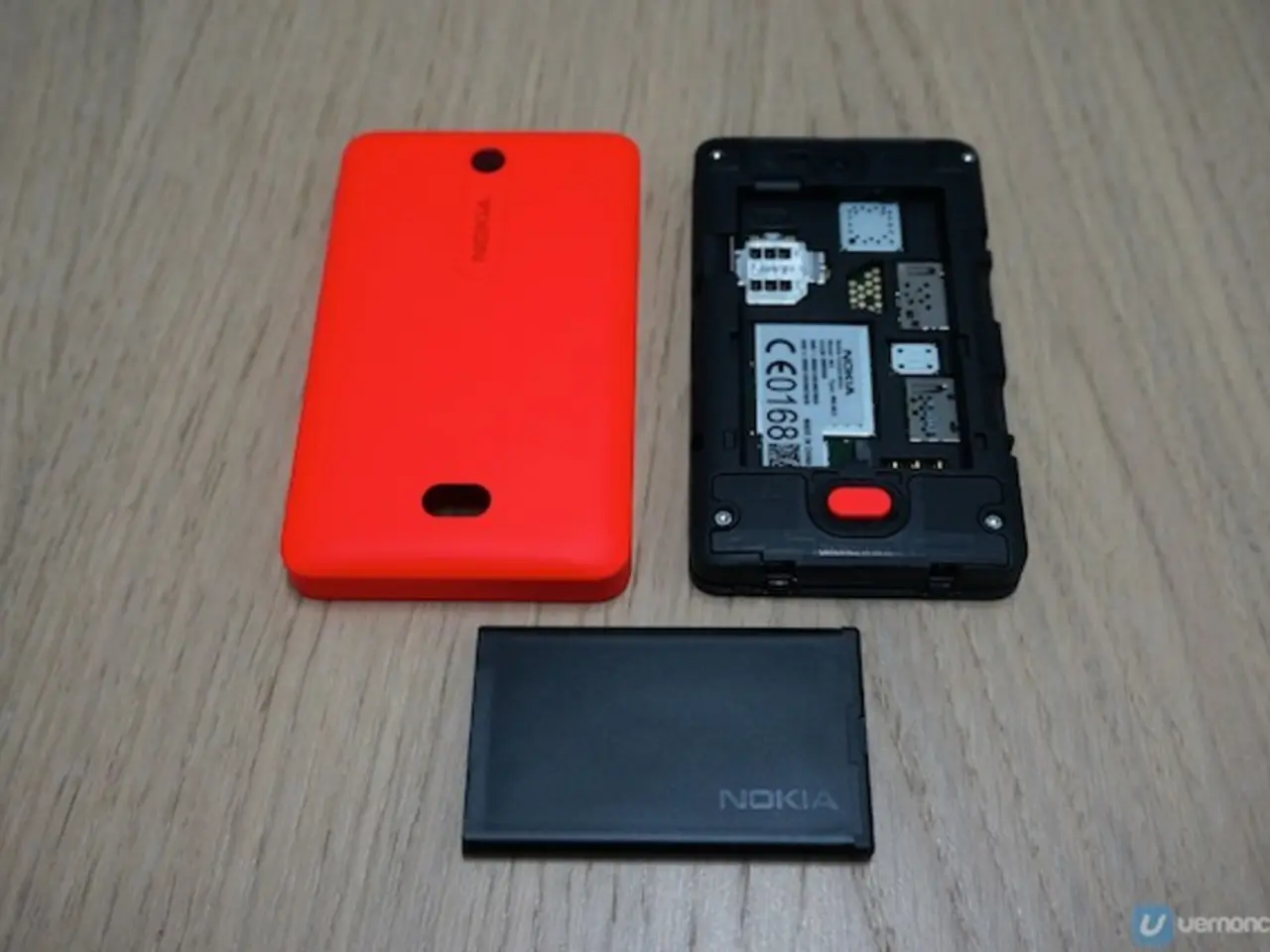New Zealand's Night Skies Captivated by Ladi Svoboda's Stunning Photography
In the realm of astrophotography, Ladi Svoboda, a renowned expert based in Wellington, New Zealand, is making waves with his stunning wide-field landscape images. Here, we share his recommendations for cameras, lenses, and star trackers for this genre.
**Cameras**
For capturing the night sky in all its glory, Ladi recommends full-frame mirrorless or DSLR cameras with excellent high ISO performance, low noise, and good dynamic range. Top picks include the Sony A7-series (especially A7R III, A7R IV, A7 IV), Nikon Z series (Z6 II, Z7 II), and Canon EOS R series (R6, R5).
For those on a budget, crop sensor cameras like the Sony a6600 or Canon APS-C models can still produce impressive results, but full-frame is preferred for the widest field and best noise handling.
**Lenses**
Wide-field astrophotography benefits from fast, sharp wide-angle lenses. Ladi often recommends the Rokinon/Samyang 14mm f/2.8 (manual focus), Canon RF 15-35mm f/2.8L IS USM, Sony FE 16-35mm f/2.8 GM, Sigma 20mm f/1.4 DG HSM Art, and Nikon Z 14-24mm f/2.8 S. Ladi stresses the importance of shooting wide open or very close to it to capture faint stars, combined with sharpness and minimal coma aberration on stars near the edges.
**Star Trackers**
For longer exposures without star trailing, Ladi recommends portable star trackers like the Sky-Watcher Star Adventurer Pro, iOptron SkyTracker Pro, and Vixen Polarie. Precise polar alignment and balancing are crucial for the best results, as well as using the star tracker with a sturdy tripod.
**Final Tips**
Ladi advises prioritising lenses that minimise coma and distortion for sharp stars across the frame. He suggests using the star tracker to enable longer exposures and reduce noise by lowering ISO. Accurate polar alignment and experimenting with camera/lens combinations are also key for achieving the best results.
For post-processing, Ladi primarily uses Adobe Photoshop & Lightroom for global adjustments, colour correction, and fine-tuning. He also uses a variety of planning tools such as PhotoPills, Stellarium, Windy, Google Earth, and NZ Topo Maps.
Ladi is currently working on an ultra-high-resolution mosaic of the Milky Way core using a 50mm lens, an astro-modified camera, and a hydrogen-alpha (Ha) filter. His work can be found online at Captured by Ladi (website), @capturedbyladi (Instagram, IGPicastro), and (YouTube - coming soon).
In conclusion, with the right equipment and a bit of practice, anyone can capture breathtaking wide-field landscape astrophotography images. So, grab your gear, learn the night sky, and start exploring the cosmos from your own backyard!
- Ladi Svoboda, a renowned astrophotographer in Wellington, New Zealand, endorses full-frame mirrorless or DSLR cameras for capturing the night sky, citing Sony A7-series, Nikon Z series, and Canon EOS R series as top choices.
- For budget-conscious individuals, crop sensor cameras like Sony a6600 or Canon APS-C models can yield impressive results, although full-frame cameras provide wider fields and better noise handling.
- In astrophotography, fast, sharp wide-angle lenses are beneficial, with Ladi recommending options like the Rokinon/Samyang 14mm f/2.8, Canon RF 15-35mm f/2.8L IS USM, and Sigma 20mm f/1.4 DG HSM Art for their minimised coma aberration and excellent sharpness.
- For longer exposures without star trailing in astrophotography, portable star trackers such as the Sky-Watcher Star Adventurer Pro, iOptron SkyTracker Pro, and Vixen Polarie are recommended, emphasizing the need for precise polar alignment and sturdy tripods.
- Ladi advises prioritizing lenses that minimize coma and distortion, using star trackers for longer exposures to reduce noise, and experimenting with camera/lens combinations for optimal results in astrophotography.
- In post-processing, Ladi largely uses Adobe Photoshop & Lightroom for global adjustments, colour correction, and fine-tuning, while employing various planning tools like PhotoPills, Stellarium, Windy, Google Earth, and NZ Topo Maps for his work.




